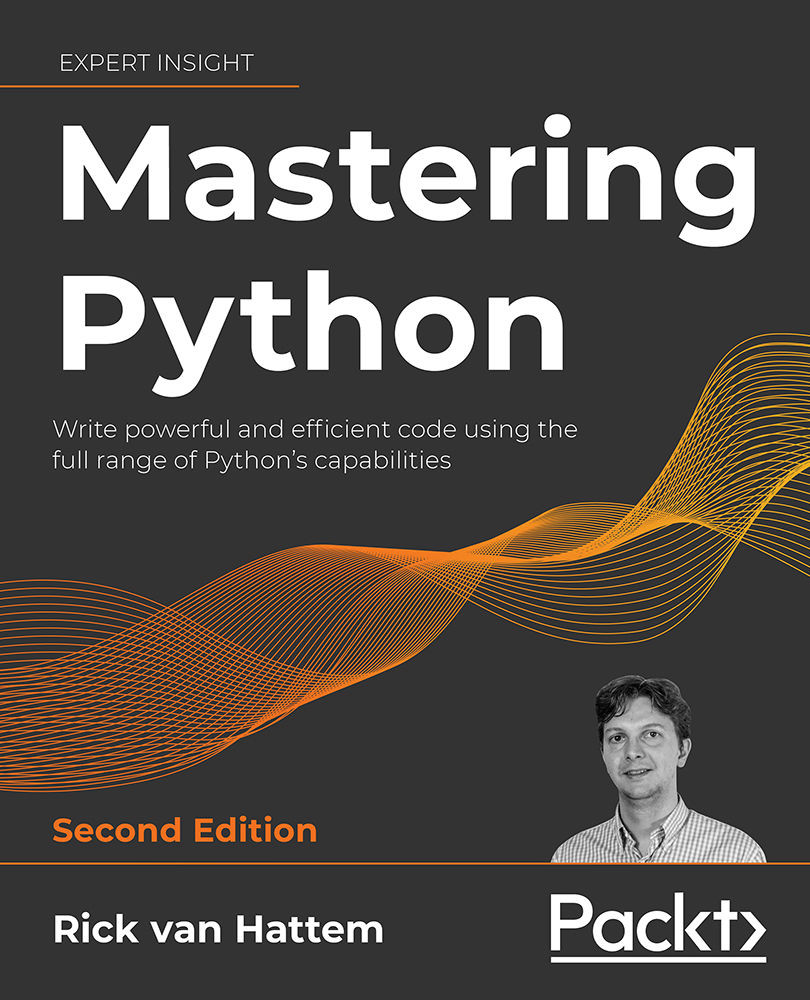The previous chapter showed you how to add logging and tests to your code, but no matter how many tests you have, you will always have bugs. The biggest problem will always be external variables such as user input and different environments. At some point sooner or later, we will need to debug issues with our code, or worse, the code that was written by someone else.
There are many debugging techniques and, most certainly, you have already used a few of them. Within this chapter, we are going to focus on print/trace debugging and interactive debugging.
Debugging using print statements, stack traces, and logging is one of the most versatile methods to work with, and it is most likely the first type of debugging you ever used. Even a print('Hello world') can be considered this type, as the output will show you that your code is being executed correctly. There is obviously no point in explaining how and where to place print statements...



 Free Chapter
Free Chapter

